International Sheep Tours
Photos from our International Sheep tours and other worldwide trips.
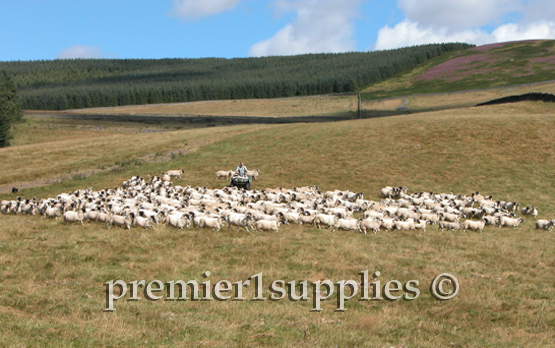
Using a 4 wheeler and dogs to move sheep in the hills of south Scotland.
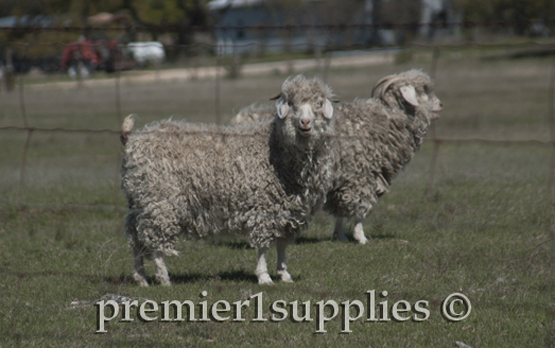
Mohair goats in the Hill Country of Texas in the spring.
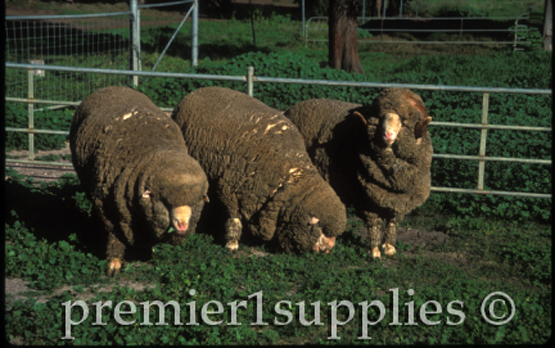
Merino stud rams in Queensland, Australia.
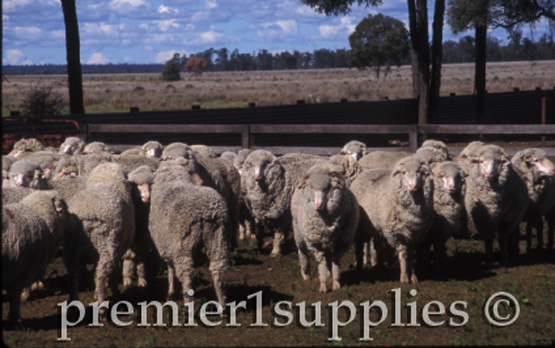
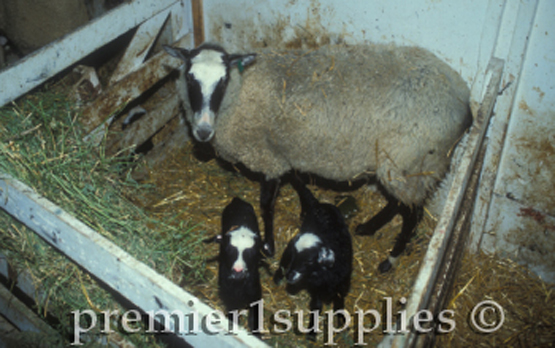
Romanov ewe with her lambs. They are very prolific so this ewe is unusual in having only 2 lambs.


Suffolk pedigree ram near Great Malvern in England. 2006. Not sure of the breed of the smaller sheep.


Hill ewes in Scotland in June 2007. Yellow shrub in the background is gorse-a thorny nasty plant.

Ewes about to be shorn in Scotland in early June. Note the solid walls (so the sheep can't see out). This is part of a "bugle" layout with the corral becoming ever narrower.

Another view of Hans Porksens Bluefaced Leicesters. Like all sheep of this breed they are unusually long and tall— but not muscular.

Hans Porksen's Suffolks. For years these sheep were at the top of the breed for EPD's.

MeatLinc yearling rams at Henry Fell's farm near Thorganby, North Yorkshire. Henry created this breed 30 years previously because he was frustrated by the terminal sire breeds available then. It's now a recognized breed who's care, marketing and breeding is strictly controlled. Ownership has passed from Henry to his grandson, George Fell. It's a remarkable story. (Full disclosure: My wife and I have been very good friends of the Fells since 1987. I hope to include the MeatLinc story in our Guide in the future.)

Farmstead of a sheep farm in the Peak district of England. This farm specialized in well-muscled animals - Beltex sheep and Belgian Blue cattle. Even the sheep owners (from Poland) were very well muscled-and great hosts. Photo from Premier's 2007 British sheep tour.

Beltex ewe and 2 lambs at the same farm in England's Peak District. Great set of lambs.

Blueface Leicester ewes and lambs on Hans Porksen's farm in northern England in June 2007. It was a stop on Premier's first sheep tour. They aren't as pretty as some breeds. Their rams are mated with hill sheep (Scottish Blackface and similar) to produce what is called "Mule" ewe lambs. This crossbred female was for years the gold standard for British lowland sheep farmers— prolific, lambed on its own, needed minimal care, milked well, good frame. It was/is mated to terminal sires like the Suffolk, Hampshire and MeatLinc.
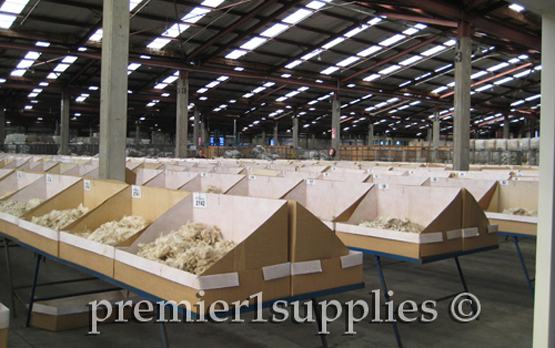
Wool competition at the Royal Christchurch show in New Zealand in 2008 (another Premier tour).
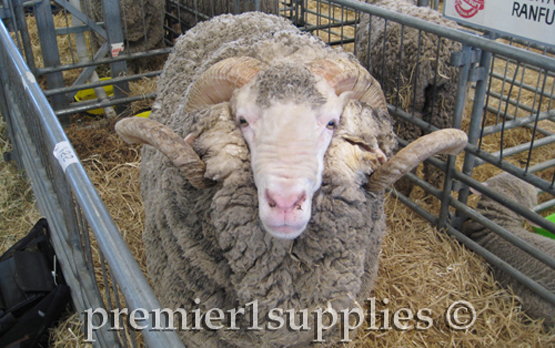
A Corriedale ram at the Royal Christchurch show in New Zealand. Also in 2008.
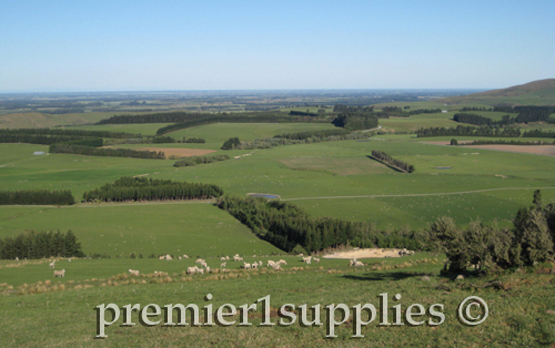
Looking down onto the Canterbury Plain on the South Island of New Zealand. It's great sheep country that's gradually being converted to dairy cattle (if they have irrigation rights) because the return/acre is higher and their is strong demand in China for milk powder. The trees are windbreaks to reduce the effect of the drying winds that occur here.
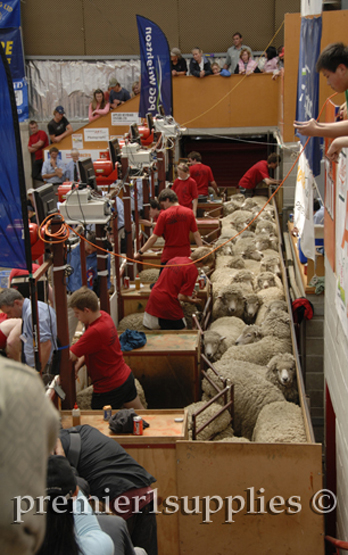
Shearing contest at the Royal Christchurch show in New Zealand in 2008. This photo shows sheep held just behind the shearing machines (on the left) waiting to be shorn.

In front of the shearers at the Royal Christchurch show in New Zealand in 2008. Shearing machines and shearers are in a row on the right being studied carefully by judges. Skirting tables are on the left.

Standing on the Canterbury Plain on sheep pasture looking west to the mountains that run north and south. It's one place that's more beautiful in person than it is in even the best photos.

Looking down onto a sheep farmer's house and facilities in the Canterbury Plain of New Zealand. They don't need winter feed so no barns and less need for tractors and machinery. It struck me as being close to sheep farming paradise.

A small part of the sheep working facilities at Nokomai sheep station on the south island of New Zealand (north of Dunedin). Very impressive place and people. People in photo are US sheep folks on Premier sheep tour in 2008. Over 90,000 ewes on this hill sheep operation. Had it's own helicopter to help cover the area. The ewes lamb totally on their own in the hills. And, during the lambing season it is illegal for hikers and visitors to move through the hill country (it's marked on maps). Gold was discovered in the river that went through the station¬— but it was 40 feet below the river bed. So they moved a few miles of the river and excavated the gold-bearing material!
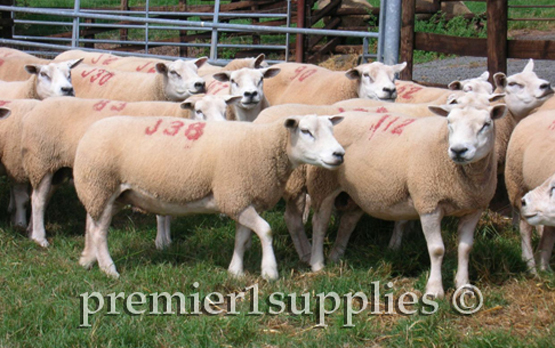
Texel ewes in England in early August of 2006
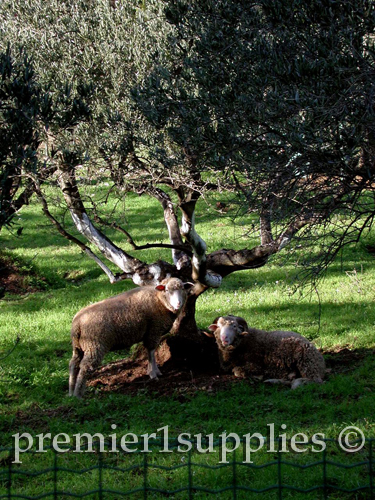
Sheep under an olive tree near Les Baux in Provence in France. Don't know the precise breed. Just liked the scene.
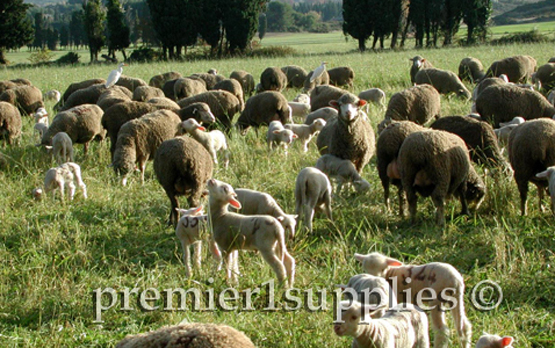
Ewes with lambs in Provence in France in 2000. However, this is mid-November. So these lambs dropped in Oct. Again I don't know the precise breed.
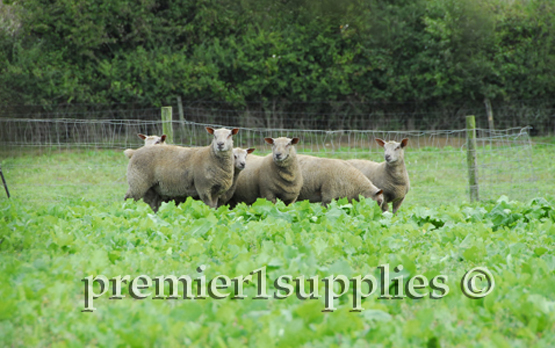
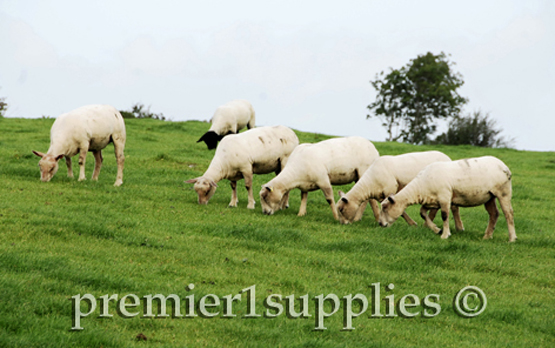
Newly shorn Charolais ewes with a Suffolk ram in Ireland.

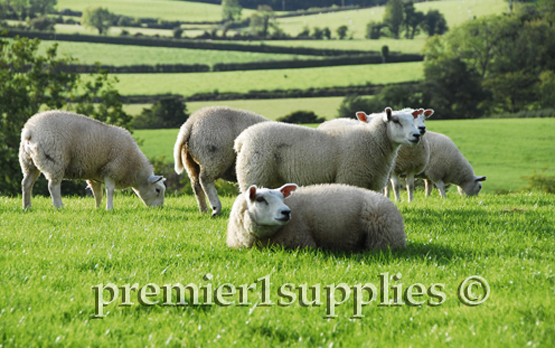


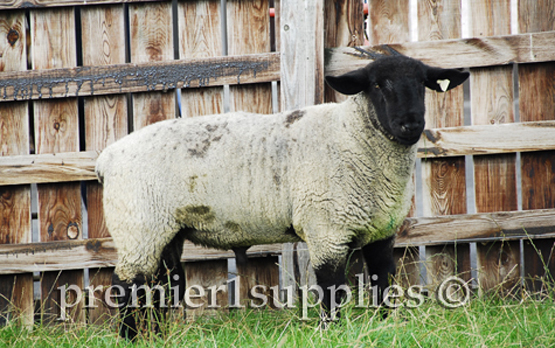
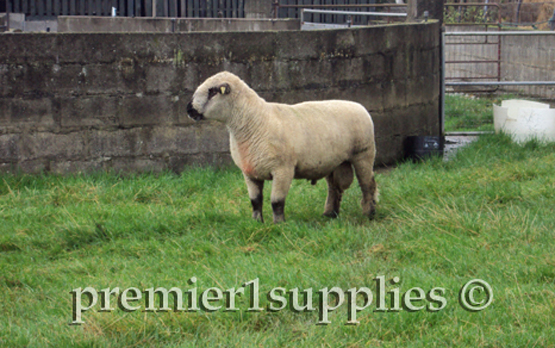
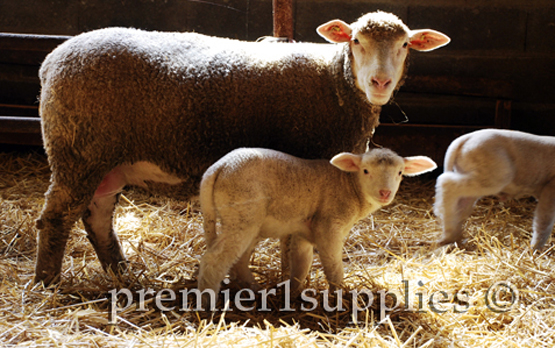
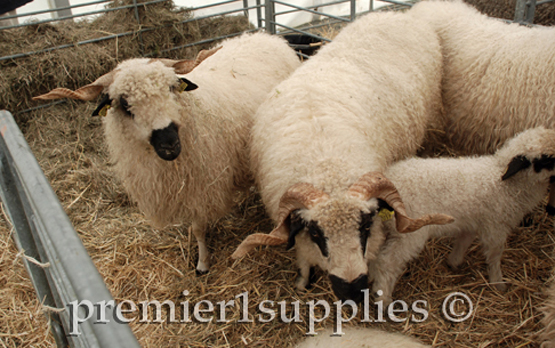
Valais Black Nose sheep in France. I don't know how productive they are but they surely have visual appeal! Photo taken on Premier's French sheep tour in 2011 at Tech Ovine near Bellac, France. This show was much larger than we expected and is well worth the visit if you speak French. If you don't you will urgently long for a personal interpreter!
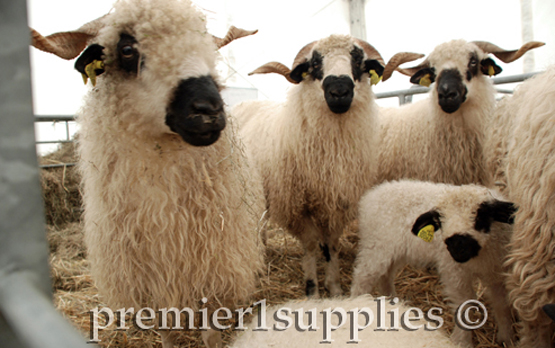
Another view of Valais Black Nose sheep. Eye-catching, without a doubt. Stick-makers would love their horns. But I wouldn't like to shear them, or work on them in a handling chute (race).
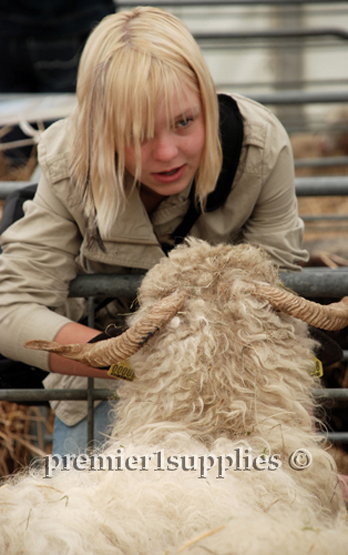
Maren Boyer, daughter of Tom and Carrie Boyer of Utah up close and personal with a Valais Black Nose sheep.
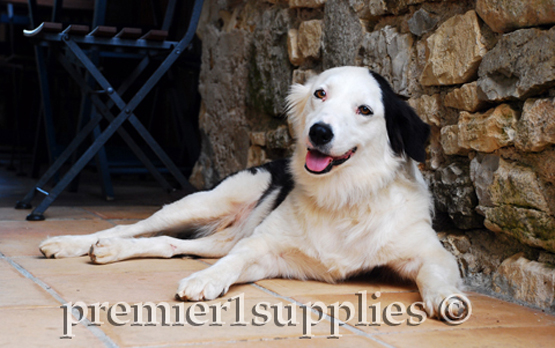
Obviously this is a Border Collie. Happens to be in France. Like most sheep folks around the world, this unique breed impresses, fascinates and intrigues. It's one British product that the French are willing to import and use.
















































